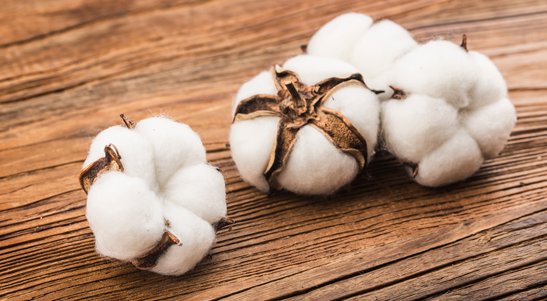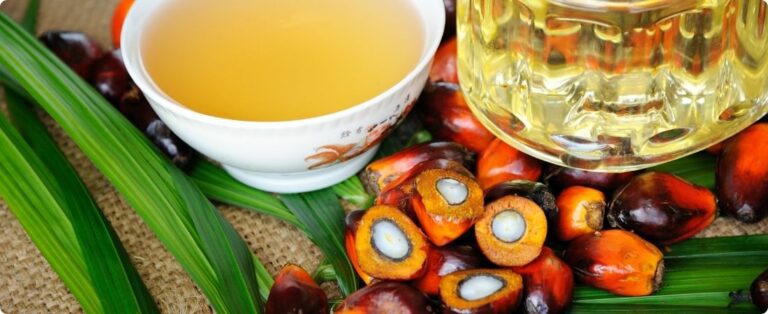 Image: Pixabay
Image: PixabayResearch shows that soil carbon stocks can increase by 50% in up to five years.
Participants in the 70th ordinary meeting of the Sector Chamber of the Cotton and Derivatives Production Chain, linked to the Ministry of Agriculture and Livestock (MAPA), which took place last Wednesday, 1st, received good news about low-cost cotton production systems. carbon emissions, which Embrapa has been researching. The clayey and sandy soils of the Cerrado, when they are no longer prepared with plows and harrows, and are instead cultivated using direct sowing management (direct planting system – SPD), aiming at cotton production, present high rates of carbon increase. . much higher than the rate suggested by the international “4per1000” initiative to reduce greenhouse gases.
{module Form RD}
The excellent news was given by Embrapa Algodão researcher, Alexandre Cunha de Barcellos Ferreira, who has been conducting experiments in this area of research for around nine and fifteen years in clayey soils in Goiás and 11 years in sandier soils in Bahia.
Furthermore, Embrapa data indicate gains in cotton productivity in relation to systems with conventional soil preparation: “Our data shows that between 10 and around 16 arrobas/ha of fiber can be added in direct planting systems. Not disturbing the soil is the main secret to this”, says Ferreira, who has systematic results from field experiments, studying soil management and cotton production systems in the Cerrado.
Speaking to a very select audience of representatives from this Brazilian agricultural chain, the researcher made a very convincing speech from the perspective that cotton farmers only have to gain by investing in the adoption of practices and technologies that aim at the health and quality of the soil, ensuring greater productive security, better soil fertility and, naturally, greater cotton production.
The increase in carbon stock in the soil also opens up another possibility for the farmer: “We are talking about carbon credits, a topic that is increasingly on the agenda in Brazil and the world”, highlights Ferreira.
He recalled that from the beginning of the 70s to the present, the world population has practically doubled, requiring, among other things, more clothing and food. However, to satisfy this growing demand, it was necessary to produce at the same time as the Brazilian urban population increased substantially, to the detriment of the rural population.
Alexandre thinks that agriculture needs to be understood as part of the solution and not just as the sole generator of the problem, related to global warming. The research that his team has been conducting, for example, aims to study agricultural cotton production systems that, in addition to being very productive, can increase the carbon stock in the soil, which is a strategy for mitigating the effects of CO2 accumulation in the atmosphere, which is a greenhouse gas.
According to the Embrapa scientist, adequate fertilization and conservation of straw on the soil are important technological strategies, not only for agricultural production, but also for stabilizing and retaining carbon in the soil, while soil disturbance can significantly increase carbon loss. of carbon through the oxidation of organic matter and soil erosion. “Brazilian cotton farming, through soil conservation agricultural practices, can contribute to global agricultural production policies with low carbon emissions, concomitantly with obtaining high productivity”, he states.
Sustainable agriculture
Fernando Pimentel, from the Brazilian Association of the Textile and Clothing Industry (ABIT), also brought strategic information to the meeting. The sector estimates growth of 2.3%, generating something around 8.7 thousand direct jobs, despite having recorded a drop in exports of -28.09% in the last 12 months. The textile industry fell -12%.
Pimentel said that consumption was “skating” and that the clothing sector grew only +6.8%. An extra concern continues to be international e-commerce, increasing free of any tax rates. During the period, it reached around R$ 8 billion in Brazil and around 2 million parts sold. Fernando, however, highlights the clear growth of a strong window for sustainable natural fibers.
He brought to the meeting good perspectives for agroecological cotton, with emphasis on naturally colored cotton. Fernando states that the certification processes (ZDHC, GOTS and OEKO-TEX) continue to expand, as well as the adoption of good practices defined in the ESG protocol.
There are also new windows of opportunities for chemical fibers with less biodegradation time, fibers produced with minimal disposal of by-products and fibers based on fungi and algae, in addition to increasing uses of so-called “defibrated products”. Fernando Pimentel says that the concept that should grow quickly is that of responsible supply chains, where everyone involved assumes their share of environmental responsibility.
The meeting also discussed the progress of the 22/23 Harvest, with an overview provided by representatives of the state associations of cotton producers. There was also a presentation on the issue of traceability of Brazilian cotton made by Silmara Ferraresi, from ABRAPA.
The association has a production outlook of 3 million tons this harvest, even with producers admitting that it will also be the highest-cost harvest in history. There is a good expectation that Brazil will soon equal or surpass the largest producer in the world (USA), which suffered a reduction of 20%, with Texas practically abandoning the cultivation of fibrous.
The Chamber has a new meeting scheduled for June 30th.
Source: EMBRAPA | agrolink










